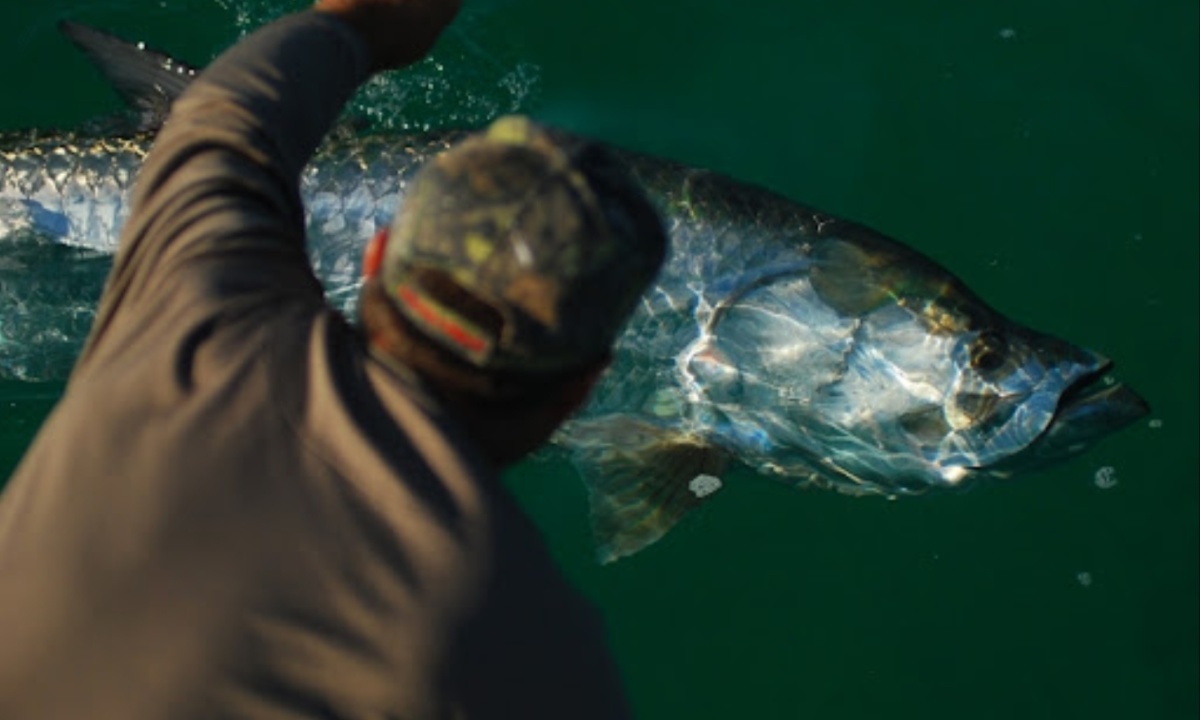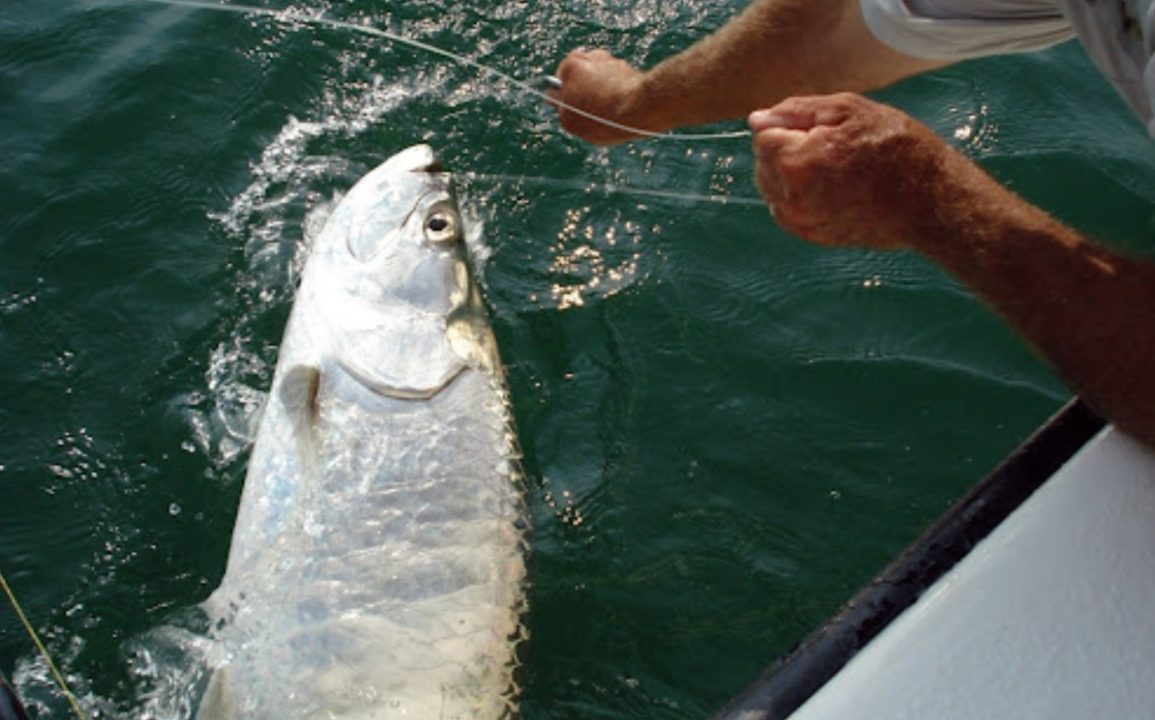Captain Todd Romine, a seasoned fishing guide from Bradenton, Florida, recently experienced fishing conditions reminiscent of 30 years ago. Romine observed an almost deserted bay with only a few other guide boats and occasional recreational anglers, which he describes as eerie yet nostalgic.
The absence of boat traffic, largely due to recent storms and damage to local shorelines and mangroves, has allowed him to fish freely, much like he did in the early days of his career. The low fishing pressure has resulted in excellent catches, with redfish, snook, and trout biting consistently as water quality gradually improves. For Romine, this brief return to familiar conditions is a rare highlight amid local challenges.
Despite the rewarding fishing conditions, Romine faces the stark reality of a struggling fishing and tourism industry. Many businesses reliant on visitors, including his own, have been severely impacted by low tourism numbers following the summer storms. His bookings are only half of what they should be, and he notes that he may be faring better than many younger guides who depend heavily on tourism income.
The recent succession of storms—Debby, Helene, and Milton—has caused interruptions in his guiding schedule, forcing him to take weeks off and grapple with cancellations. Romine empathizes with colleagues trying to keep their businesses afloat amid widespread storm-related devastation, noting the deep impact on the local economy and livelihoods.

Romine’s concerns extend beyond his own business. He fears Anna Maria Island might face a prolonged recovery similar to what Sanibel Island endured after Hurricane Ian, where tourism has yet to fully rebound. He reflects on the challenge of regaining a once-thriving vacation destination’s popularity, fearing that potential visitors may find alternative travel spots and may not return.
While hopeful, Romine acknowledges that it may be a long road to restore the island’s appeal as a fishing and vacation hotspot, as locals prioritize rebuilding homes and infrastructure over recreational activities like fishing.
As a lifelong local, Romine is personally affected by the drastic changes to his familiar fishing grounds. Witnessing the once-vibrant shorelines and mangroves now stripped and damaged is difficult for him, marking a bittersweet shift in the place he has known since childhood.
Nonetheless, Romine finds solace on the water, appreciating the rare peacefulness brought by minimal boat traffic and tourist activity. For him, these tranquil fishing outings offer a reprieve from the post-storm chaos, even as he contemplates the uncertain future of his beloved fishery.
While the immediate future for Anna Maria Island’s fishing and tourism industry remains uncertain, Romine remains optimistic about the quality of fishing in the present.
He encourages locals and any potential visitors to take advantage of the current phenomenal fishing conditions. For now, this unexpected return to a quieter bay serves as a reminder of both the beauty and resilience of the area, even as the community works toward recovery and rebuilding.
